Last Updated on November 8, 2023 by teamobn
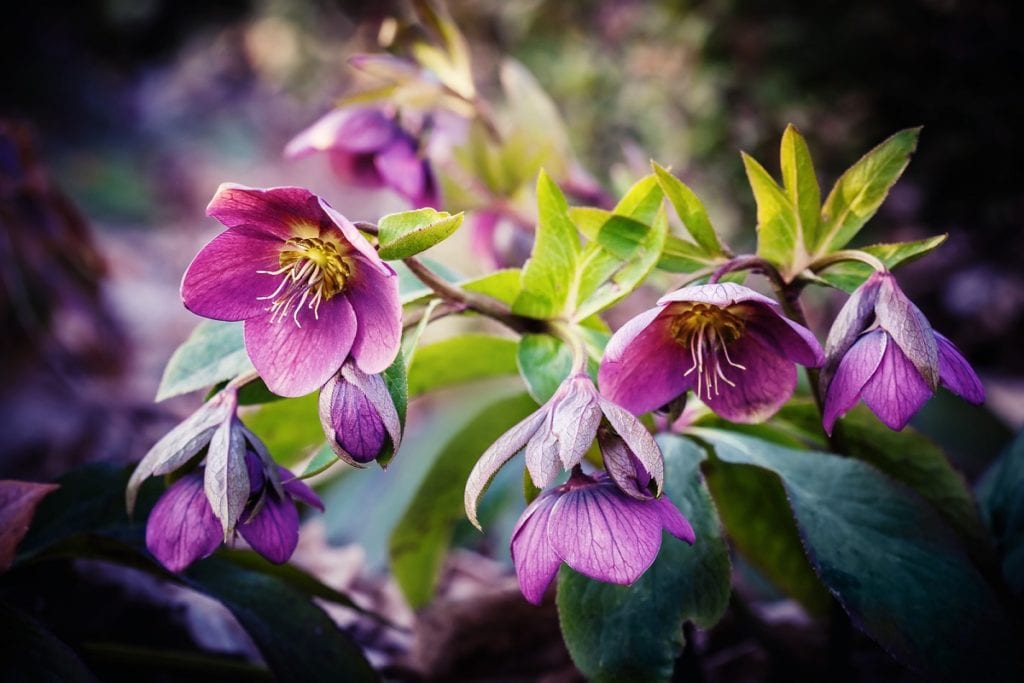
Although it will be several weeks before the arrival of spring seed and nursery catalogues, there’s a prevailing belief that the perennial plant of 2020 has already been decided, and it’s hellebores.

The flowers of the hellebore are a welcome sight when they bloom in late winter to early spring, sometimes while the ground is still covered with snow. The bowed and pendulous blooms are a signal that winter is over.
Growing Hellebores
Contents
The different varieties of hellebore tout a magnificent range of flower colours. Some have a surprisingly unique colouring, anywhere from white to soft lavender to black. This is among the reasons why this perennial has a place in just about any landscape.
Here are a few growing tips you should keep in mind.
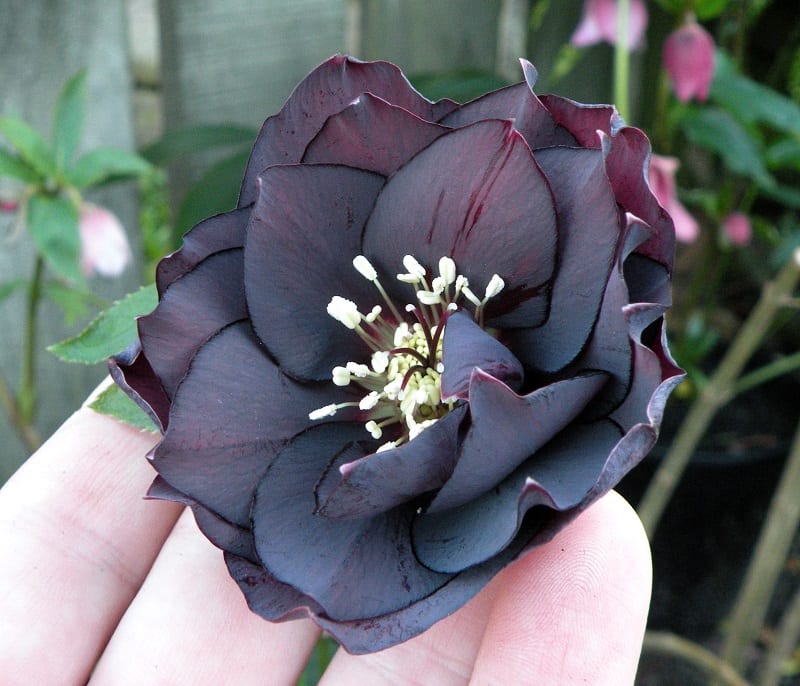
Plant in well-draining organic soil.
Hellebores grow best in well-draining soil that is rich in organic matter. If your soil is acidic, consider adding lime. Hellebores prefer neutral conditions.
Lime acts as a pH modifier, helping to counterbalance excessive acidity. This adjustment aims to create the ideal pH level for hellebores, thereby enhancing their nutrient uptake and overall health.
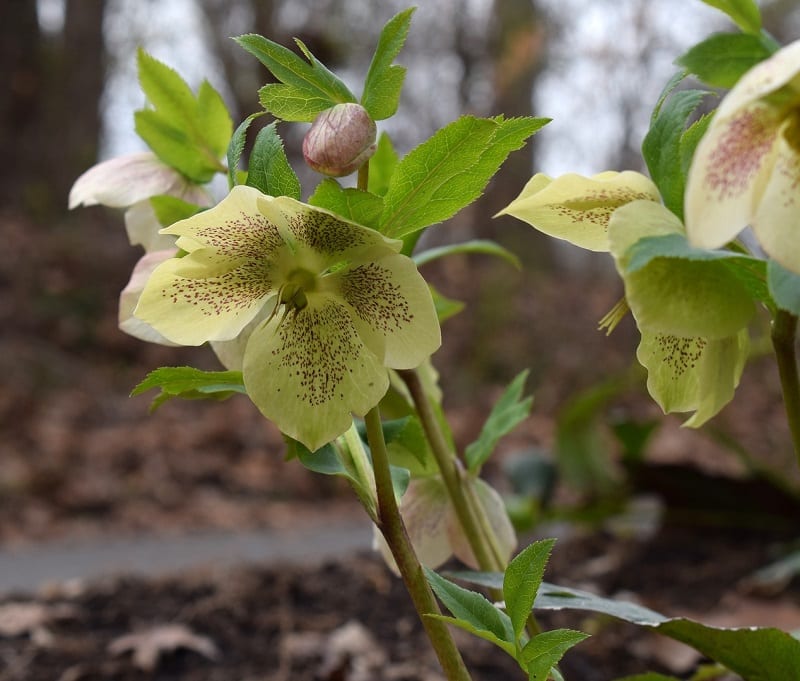
Limit your hellebores’ exposure to sunlight.
Hellebore thrives under the shade of trees and is likely to grow better in shady borders close to your house. Dappled shade provided by the house and surrounding trees protects the delicate flowers from potential scorching by intense sunlight. It also contributes to a cooler and more stable temperature around the plants, which is particularly beneficial during the warmer months.

Pay attention to fertilizer requirements.
Be mindful when you fertilize. If you choose a fertilizer with too much nitrogen, your plant will grow with abundant foliage but few flowers.
Use bone meal fertilizer in the fall. Make sure to add compost to the soil at planting time – and again yearly, advises Carole Speake, founder of The Gardening Cook.
It improves soil structure, enhances water retention, and promotes beneficial microbial activity. The addition of compost not only provides an immediate source of nutrients to your plants but also contributes to the long-term health of the soil.

Propagate by division or grow it from seed.
The best time to propagate hellebore by division is in early spring – before they flower. Dig the entire plant out and shake or wash off the soil so you can see where the buds are on the crown. Make sure each division has at least two buds.
Some varieties, such as Helleborus foetidus and Helleborus argutifolius, do not divide well and are best started from seed.
Because hellebore seeds don’t remain viable very long, it’s always best to start with fresh seed. Fresh seeds can be planted in containers and left outdoors throughout the summer.
If you sow them as soon as they drop from the pods, they
will germinate with little effort. Keep the soil moist and you should see
germination in either the fall or the following spring.
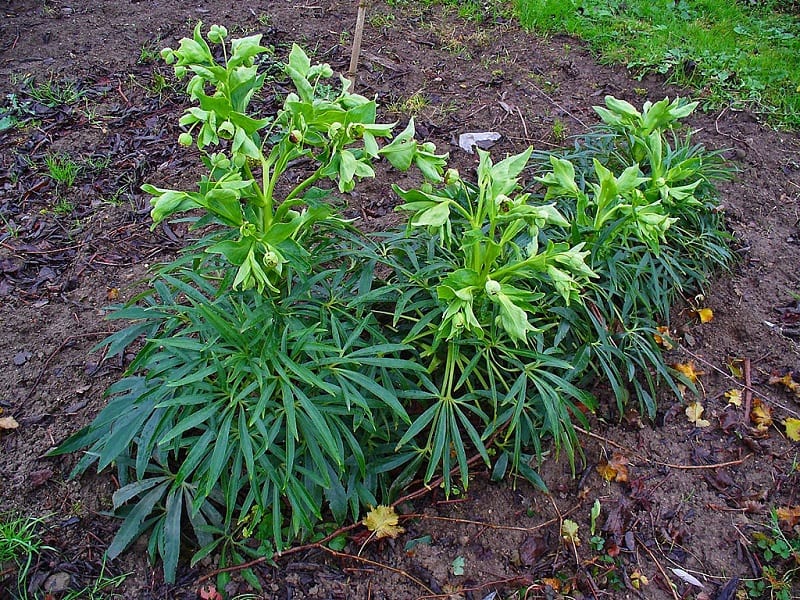
(Photo: H.Zell/Wikimedia Commons)
A Spring Dream
Hellebores used to be the domain of practised horticulturists, but the new hybrid varieties are easy-growing, readily available, and considerably less expensive.
By some accounts, there are now 17 known species of Helleborus. Below are a handful of varieties you might want to consider for your garden.
Hellebore Varieties
The formal name of the Christmas rose is Helleborus niger and it is a rather demanding plant at best. Often difficult to establish, the plant prefers damp, but not too soggy, shady spots.
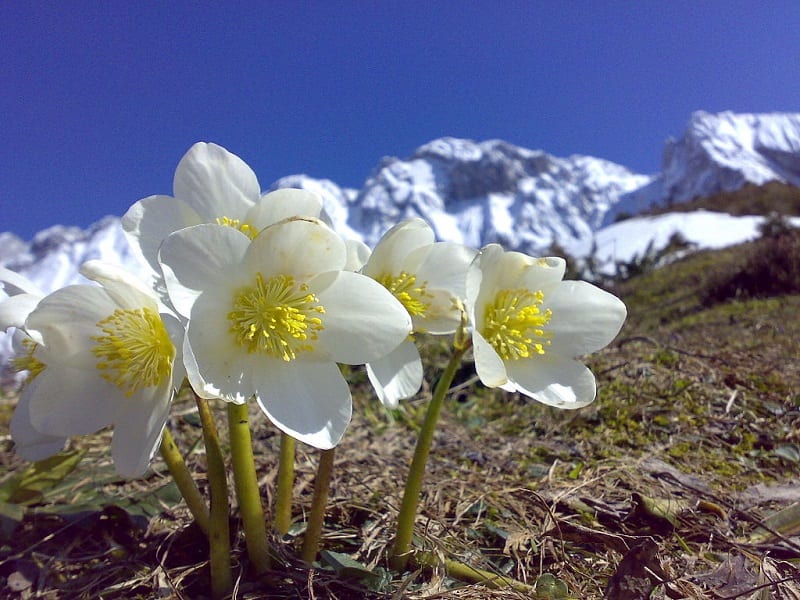
Experts say the colours of the Lenten rose range from purple to red and green-pink. Hellebores flower petals continue throughout the summer and are quite eye-catching.
As other flowers come and go with the changing seasons, the presence of hellebores remains a consistent focal point, infusing your garden with a touch of elegance and charm. The ability of hellebores to endure and flourish through the summer makes them a cherished addition to any garden landscape.
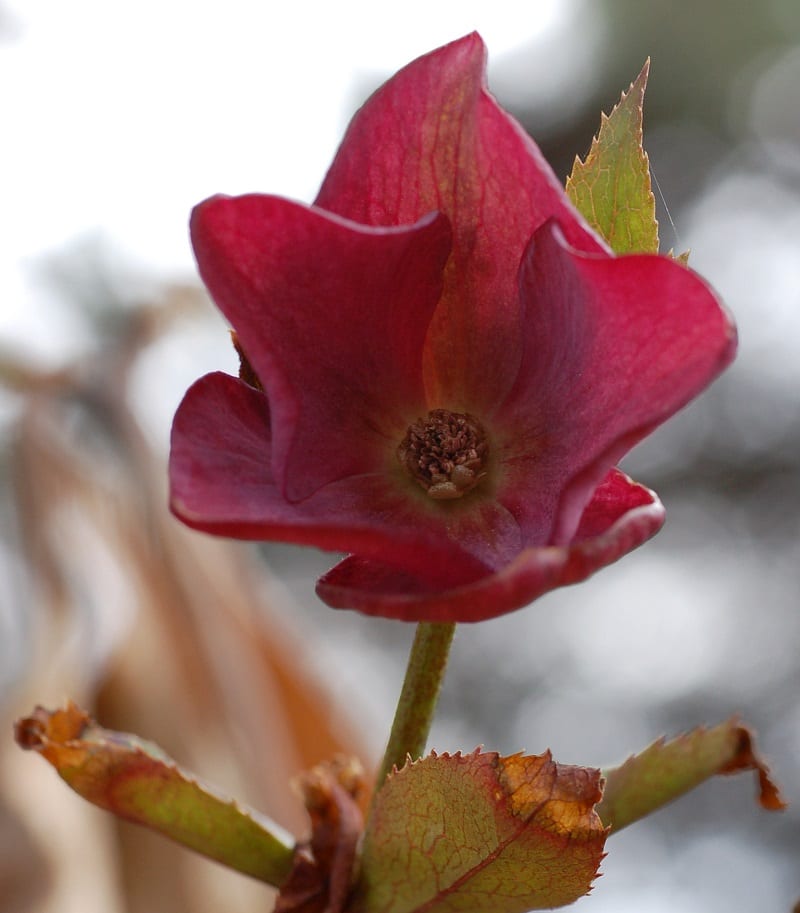
The Corsican hellebore (H. argutifolius) is native to the island of Corsica. The plant has spiny teeth along the edges of the leaves, making it a rather ferocious-looking thing.
The spiny teeth, or serrations, that line the edges of its leaves serve a dual purpose. They act as a defence mechanism, deterring potential herbivores from feasting on the plant, while also granting the Corsican hellebore a distinctive and memorable visual identity.
This juxtaposition of beauty and tenacity is a testament to the intriguing and diverse world of hellebores, with the Corsican variety proudly displaying its unique character as a striking representative of the genus.
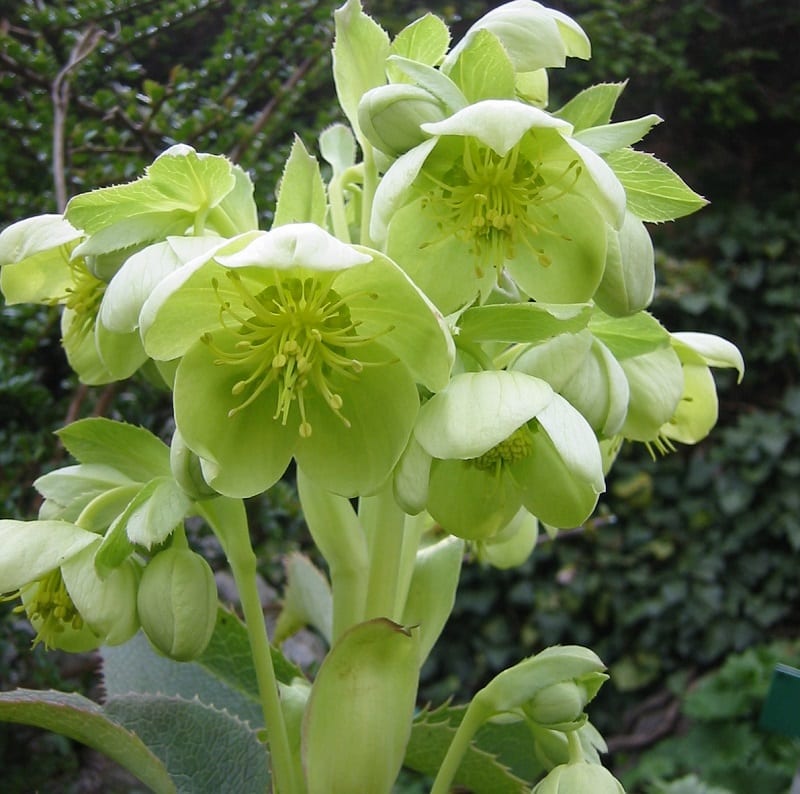
The Helleborus x hybridus ‘Red Lady’ is among the most popular varieties of hellebore. The plant provides abundant nectar and pollen for bees and other pollinators.
As these pollinators visit the ‘Red Lady’ hellebore to forage for nourishment, they facilitate the pollination process, ensuring the reproduction of not only the hellebore but also a myriad of other plants in the vicinity. In this way, the ‘Red Lady’ hellebore contributes to the biodiversity and health of the environment, making it a beloved addition to gardens with a focus on sustainability and ecological balance.
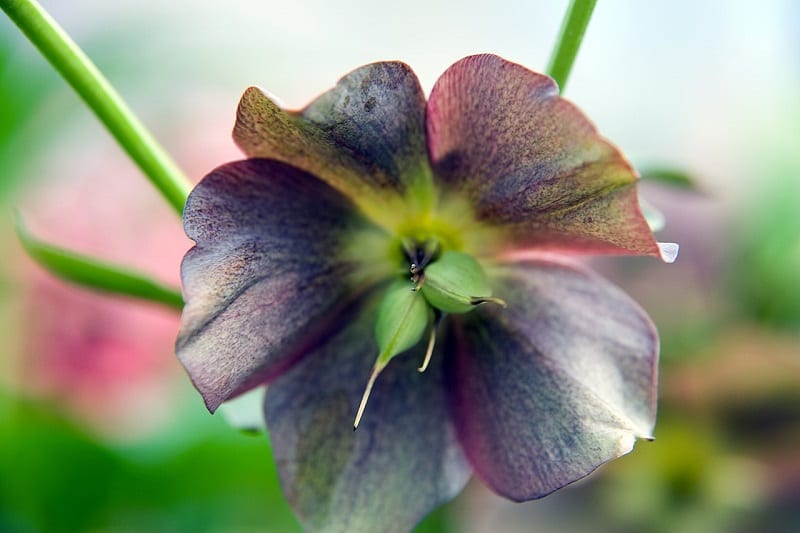
We’ll have to wait a few weeks until the planting season, but at least gardeners can take some time for winter to dream.
The Wrap Up
There you have it! Now, you have valuable guidance on cultivating hellebores effectively. You have the key tips: optimal planting locations, proper care, and the importance of well-draining soil. By following these recommendations, you can achieve healthy and thriving hellebore plants, enhancing the beauty of your garden and landscape with these perennial flowers.








